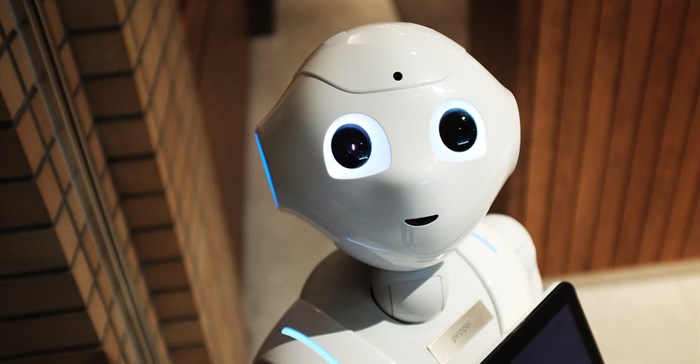






Besides being able to hold nuanced conversations, these AIs can also describe and understand our world through photos and videos. They can generate usable software, unique images, and even video with only a text prompt. On request, they can also compose music and original poetry.
I believe we are on the cusp of convergence of systems that will result in an intelligence explosion that will ultimately render the ‘artificial’ in artificial intelligence redundant to leave only the solitary I behind.
The methods by which these algorithms operate to produce such mind-boggling results are fascinating to observe. It is now only a matter of scaling up to reach the goal of a true general artificial intelligence that could rival and even surpass human intelligence, according to AI scientists.
It is interesting to note that they operate very much along the same logical principles as our own biological intelligence. The brain is a predictive engine. It is excellent at predicting the immediate and mid-term future and adapting to it. It is not great with the long-term future since the further forward in time it must project the less information it has to work with. Artificial intelligence is very similar.
Using vast amounts of data, they have access to, these algorithms attempt to predict the future as accurately as possible. Ranking and sampling this collected data allows them to predict with a high level of accuracy what should occur next and execute complex outputs.
When you ask GPT-3 a question, how does it know to respond in a manner that seems human? The AI compare your question to the vast database of conversations available on the internet and chooses the highest value response available to it. The more information it can sample the more effective its response matrix would be. Your response to it will then act as a feedback loop which it will incorporate into its own database for future use. This is basically how all algorithms are built.
Want your algorithm to recognise cats? Create a thousand iterations and give each a slight tweak. The one that has the highest percentage of success in recognising cats in a picture is selected and then duplicated, each iteration with a slight ‘mutation’ in its code. You repeat this process over and over until your algorithm is the best at recognising cats. This is an oversimplified description of how an algorithm is evolved but it serves to illustrate the core mechanics.
But why do I think what is happening in AI research right now is so important? It’s because AI is starting to observe, understand and reflect the world that we live in. No doubt with some help from research done towards self-driving cars and Captcha. It is beginning to work very much like our own brains that build a model of our reality from data sourced from the senses. Right now, AI has the intelligence equivalence of an insect, but this is complex enough for it to do some truly amazing things. Pigeons1 have after all been trained to recognise cancers with equal success to doctors and a slime mould2 could mirror the design of the Tokyo rail system with an efficiency rivalling that of the smartest engineers.
If you want to explore this stage of A. I evolution for yourself google Midjourney, an AI bot that runs on Discord and generates unique images from text prompts or Disco Diffusion which can generate videos from text prompts. Both are great introductions to what is to come and possible right now. Another interesting one is Copymatic AI, which helps with writing projects.
These developments should fill me with a feeling of gloom and doom as a creative, but it does not. When I played around with Midjourney I had a little revelation when I realised that the AI could not generate excellent results without the experience of creative intelligence inputting the prompts. This means that skilled creatives, professional ones especially, will be a requirement for excellent results.
I specify skilled creatives because language models perform best with the correct modifiers. Experience, creativity, and knowledge gained from having applied oneself in the creative fields are key to achieving the best results. 5-year-old prompts, and efforts will still be the equivalent of a stick figure, regardless of the complexity of the crayon that they are using. Those with the experience generally achieved the best results because they possess the experience, creativity, and knowledge required to guide the AI towards excellence.
It seems that we will not escape the responsibility of having to acquire actual human experience just yet, but we will be fortunate to do so with less drudgery in the not-too-distant future.
